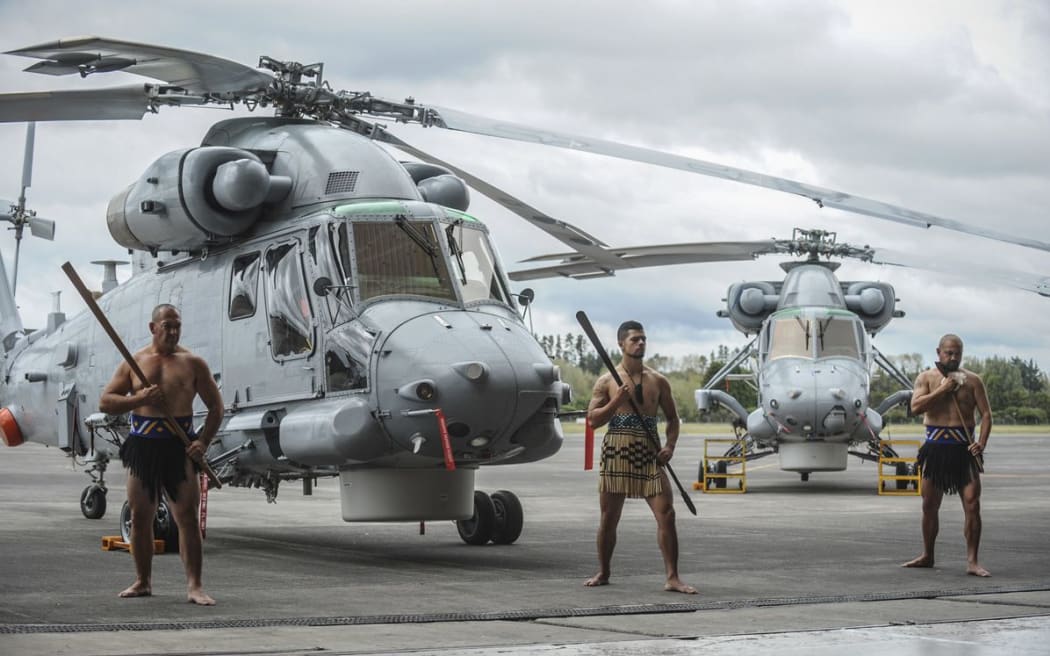The Ministry of Defence is poised to go shopping for proposals on acquiring drones, as well as look at buying about $1 billion worth of maritime helicopters.
A tender for proposals for replacing its Seasprite choppers will go out shortly, deputy secretary of defence policy and planning Richard Schmidt told RNZ.

"The request for information will be seeking proposals for both naval helicopters and uncrewed aerial vehicles.
"It is a market research tool to support next steps and provides an opportunity for industry to provide information on options. No decisions have been made."
The Seasprites are due to be replaced around 2028.
The existing chopper fleet for the frigates cost only a quarter of the new proposal, acquired at a cut-price around a decade ago after Australia cancelled an order for the eight Seasprites New Zealand ended up getting.
A defence plan in 2019 put the indicative cost of replacement at more than $1 billion, and said: " Initial thinking on the replacement helicopters will need to determine the primary role of the aircraft."
The New Zealand Herald last July reported the ministry planned to buy dozens of drones.
A RFI has been issued for the SH-2G(I) Seasprite replacement. This is the Maritime Helicopter Replacement Project (MHR)
Details are:
The Project scope includes:
- Medium Naval Helicopters;
- Uncrewed Aerial Systems;
- Through Life Support solutions;
- Training System solutions;
- Mission Support System and system integration;
- Infrastructure (both ashore and embarked);
- Integration into the Maritime System of Systems;
- Future operating concepts; and
Future personnel operating model.
The MHR will be used to respond to a wide range of New Zealand and partner military tasks (within contested and uncontested environments). New Zealand Government agencies will also be supported by the inherent multi-role nature of the capability. These roles include:
- Military Roles:
- Anti-Surface Warfare (ASuW);
- Anti-Submarine Warfare (ASW);
- Joint Fires Support (JFS);
- Intelligence Reconnaissance and Surveillance (ISR); and
- Force Protection (FP); and
- Support Operations:
- Search and Rescue (SAR);
- Utility – Air Logistics Support (ALS) such as Vertical Replenishment (VERTREP);
- Casualty Evacuation; and
- Boarding Operations.
MHR’s roles will reflect contemporary solutions, with the ability to conduct multi-domain warfare. These roles include an increase in littoral and land effects and interoperability with coalition forces, as well as the opportunities presented by Uncrewed Aerial Systems (UAS).
Integrated Logistics Support (ILS): The overall logistics support concept is to ensure that the systems acquired fit, wherever able, into existing Defence support systems and structures. This includes the management and technical process through which supportability and logistics support considerations of capability systems are defined, developed, integrated and sustained through all phases of the capability system’s life cycle. The components of ILS as defined by Defence are:
- Engineering support;
- Maintenance support;
- Supply support;
- Packaging, handling, storage and transportation;
- Training and training support;
- Facilities;
- Support and test equipment;
- Personnel;
- Technical data management; and
- Computer support;
Responses to this RFI must be received by 4.00p.m. (NZT) on 21 June 2023




